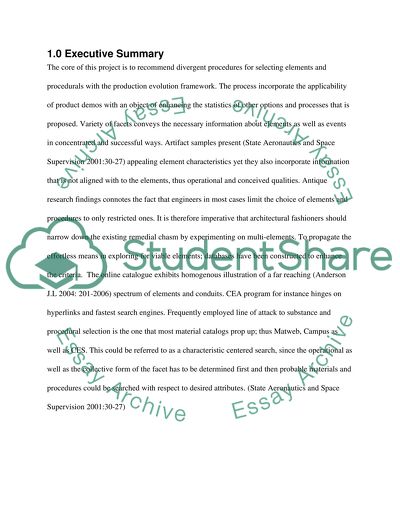Cite this document
(“High Temperature Materials Essay Example | Topics and Well Written Essays - 3000 words”, n.d.)
High Temperature Materials Essay Example | Topics and Well Written Essays - 3000 words. Retrieved from https://studentshare.org/technology/1527733-high-temperature-materials
High Temperature Materials Essay Example | Topics and Well Written Essays - 3000 words. Retrieved from https://studentshare.org/technology/1527733-high-temperature-materials
(High Temperature Materials Essay Example | Topics and Well Written Essays - 3000 Words)
High Temperature Materials Essay Example | Topics and Well Written Essays - 3000 Words. https://studentshare.org/technology/1527733-high-temperature-materials.
High Temperature Materials Essay Example | Topics and Well Written Essays - 3000 Words. https://studentshare.org/technology/1527733-high-temperature-materials.
“High Temperature Materials Essay Example | Topics and Well Written Essays - 3000 Words”, n.d. https://studentshare.org/technology/1527733-high-temperature-materials.


